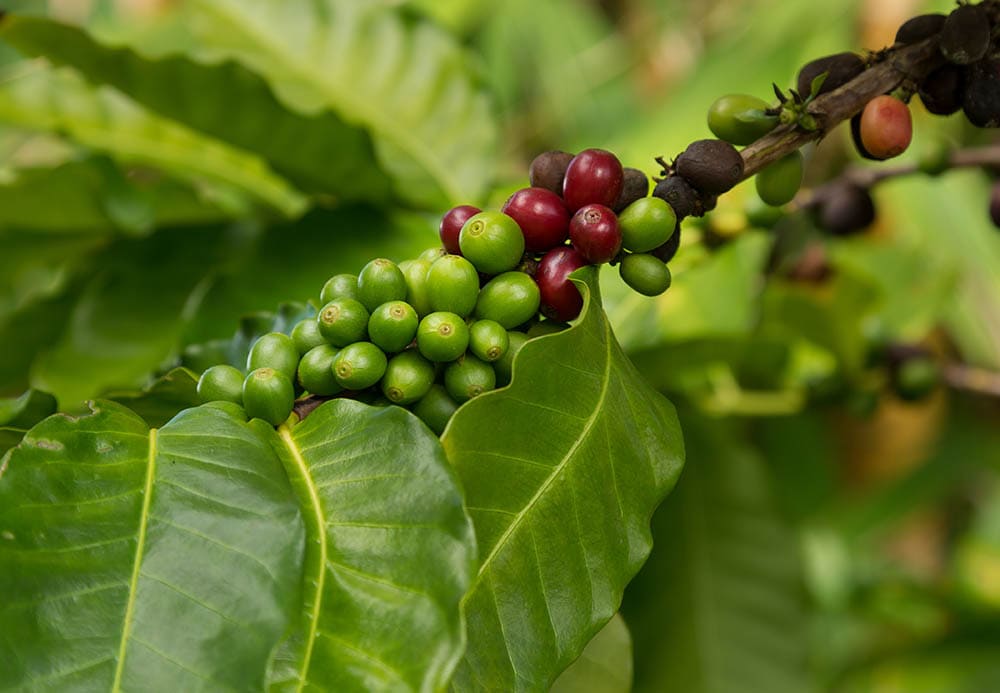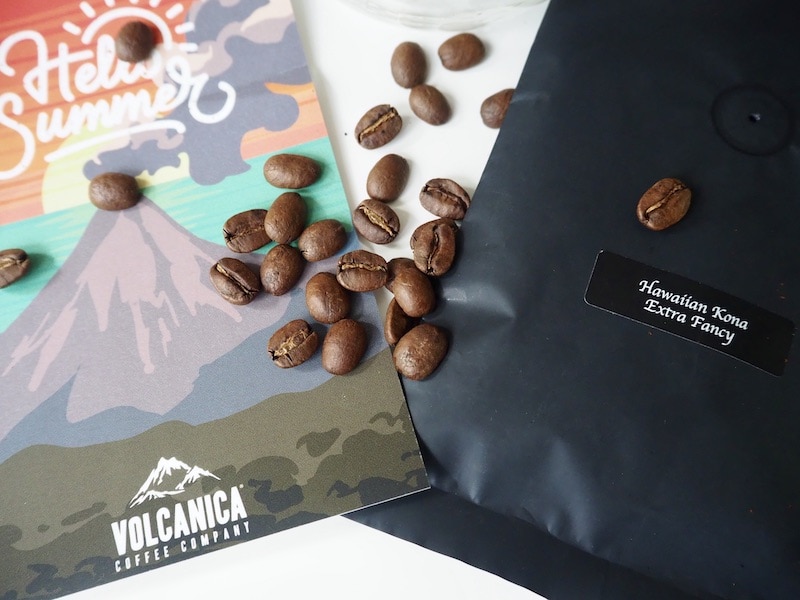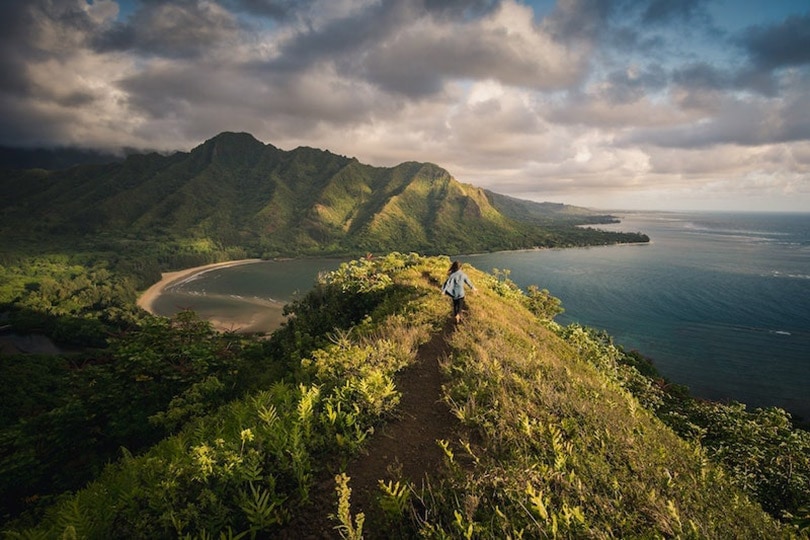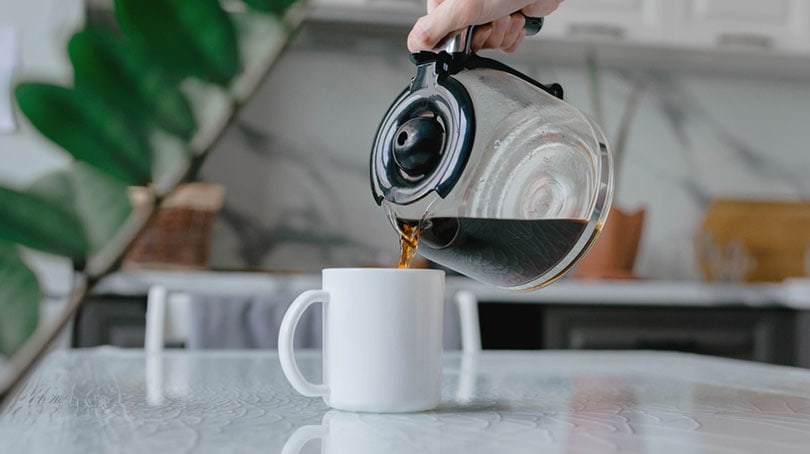
If you drink coffee, most likely you’ve tried Kona. Whether you’ve grabbed a cup to go from a local gas station or bought beans to enjoy in the comfort of your own home, the sweetness and lack of bitterness are welcome to most coffee lovers. Unfortunately, however, the high price of Kona coffee cannot be denied. The real question though, is why?
Let’s take an in-depth look at Kona coffee, how it tastes, why we love it, and why it is so expensive. If you haven’t tried this coffee, you’ll be able to decide if you want it in your cup. If you’re already a fan, you’ll understand why you’re expected to pay so much for a great cup of coffee.

What Is Kona Coffee?
Kona coffee features a sweet taste and smooth flavor. When drinking this coffee you’ll also notice a hint of nut and spice. As we already mentioned, one of the most popular things about Kona coffee is its lack of bitterness. This is rare when it comes to coffee.
If you want a medium-bodied coffee that has fruity undertones then light-roasted Kona is for you. For those who prefer dark-roast coffee, you’ll get the opportunity to experience the buttery, caramelly and nutty flavor Kona brings to your morning cup. Either way, you’ll love it.

America’s Coffee Bean
Now that we’ve discussed the amazing taste of Kona coffee, let’s talk about where it’s grown. Yes, Kona is an expensive coffee, but honestly, aren’t most good coffees more expensive? Kona coffee is grown here in the United States. If you know anything about the US, then you know we don’t have many areas where coffee beans grow easily. Luckily, however, Hawaii allows the US to grow coffee beans, one of them being Kona.
Kona coffee is grown in the volcanic soil of the Hualalai and Mauna Loa volcanoes. This soil is nutrient-rich while the area receives good sunlight during the day, lots of rain in the afternoon, and experiences mild nights to keep the temperatures just right. This provides the ideal environment for Kona beans to grow.

Why Is Kona So Expensive?
When it comes to the cost of Kona coffee, availability and demand are two of the reasons it is so sought for. The Kona plants are temperamental and grow only in a 30-mile area of land. With so few trees and the fact that so many want to taste this amazing coffee, it’s understandable that prices may be slightly higher. Unfortunately, agricultural diseases have also hit this area hard. Many plants have fallen to leaf rust and beetle infestation and left fewer plants to provide to the world’s demands for Kona coffee.
The harvesting of Kona coffee is also quite expensive. While many coffee growers use machinery to make their lives easier, that isn’t the case in Hawaii. The volcanic area where Kona beans are grown is in pretty rocky terrain. This means hand-picking is the normal way to gather the beans. Being here in the US, the wages associated with those who work to pick beans is far different than what you’d find in the rest of the world. With this increase in labor costs, high demand, and limited availability it’s easy to see why Kona coffee price per pound is so expensive.

Conclusion
While we feel Kona coffee is worth every penny paid for this tasty coffee, if you haven’t tried it, you should so you can form your own opinion. Kona is a tasty coffee, grown in the United States and harvested by fairly paid workers. Keep in mind, each time you purchase a cup of Kona coffee you’re helping keep American workers employed while you’re sipping on one of the best coffee beans around.
SEE ALSO: Why is Coffee So Expensive? Interesting History & Facts!
Featured Image Credit: Steve Heap, Shutterstock















